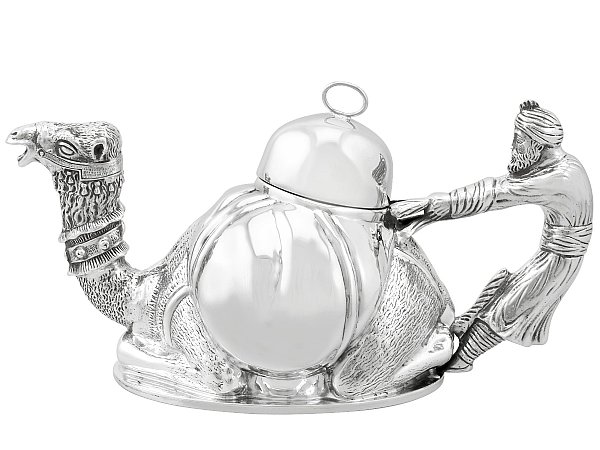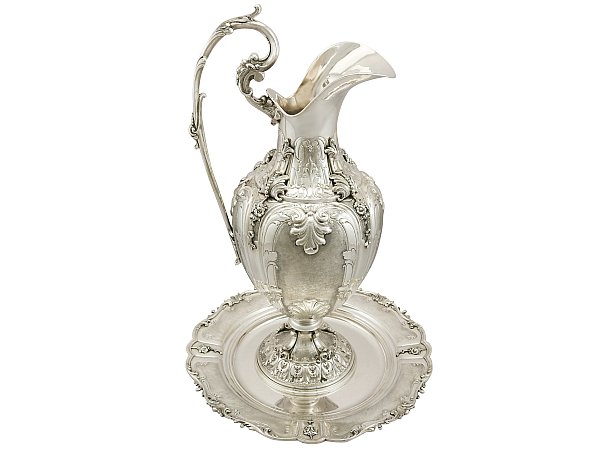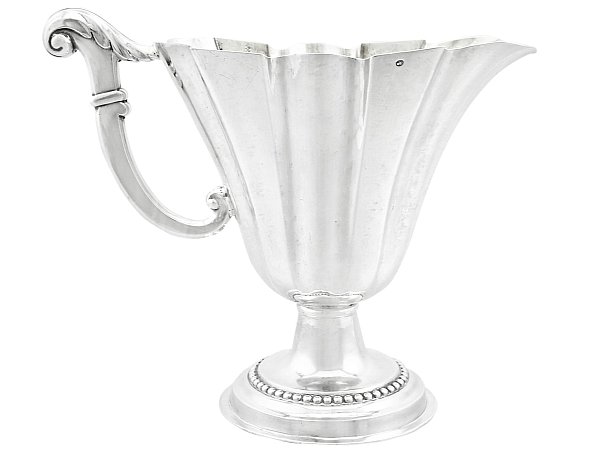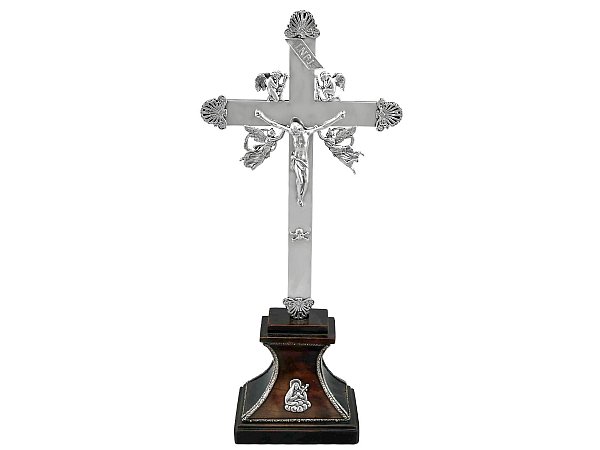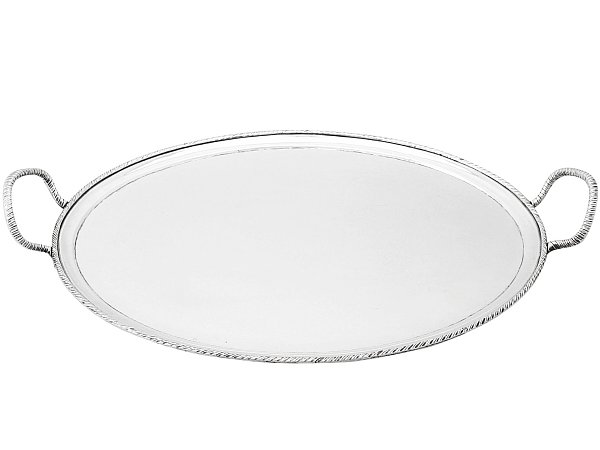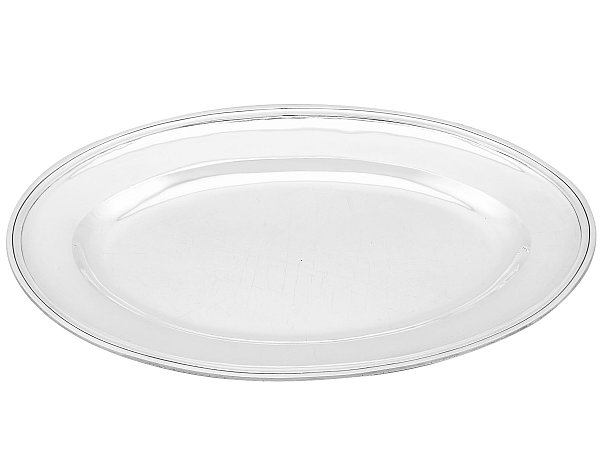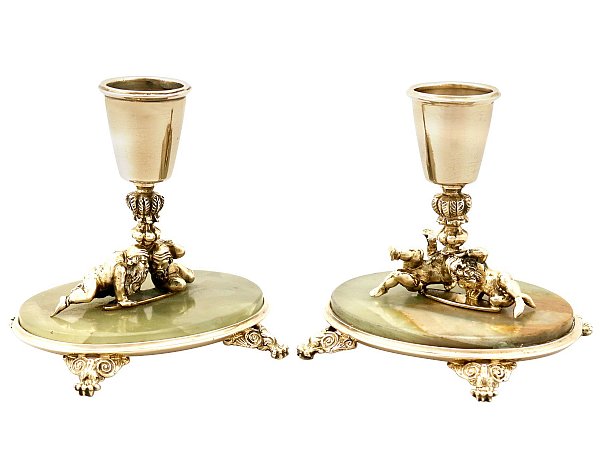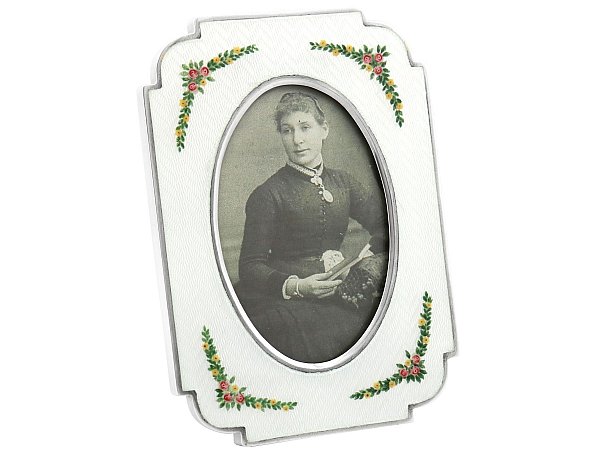Italian Silverware
Antique and Vintage Italian Silver for Sale
Explore our fine collection of antique and vintage Italian silverware for sale at AC Silver,
Browse our collection of hallmarked Italian silver for sale below.
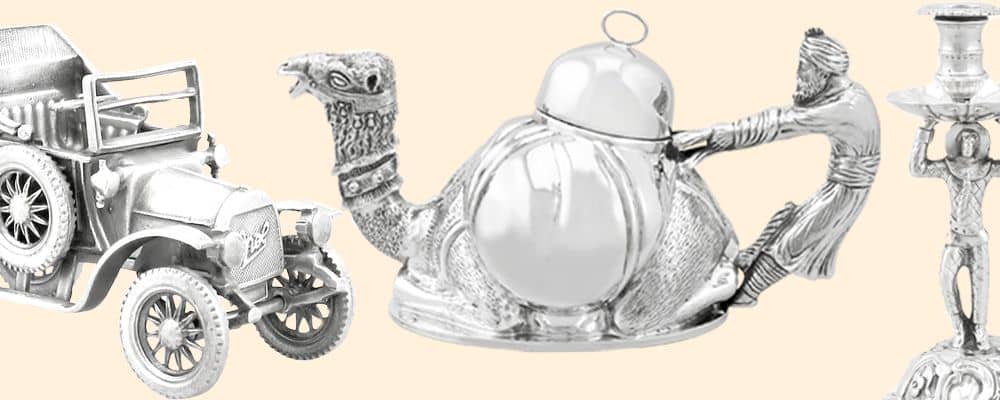
Italian Silverware Frequently Asked Questions
Whilst Italy is rich in history, culture and art, is technically a relatively new country in comparison to Britain, France and other European countries. Whereas England and Britain have a clear and determinable history of silver makers and silversmiths, the history of Italy’s silver essentially began at the end of the nineteenth century.
Prior to its unification in 1870, Italy was a diverse amalgamation of kingdoms, controlled by independent Italian nobles, France, Austro-Hungary and the Papal States; each with their own established hallmarking regulations. Therefore, the Italian goldsmiths were required to stamp their pieces with a maker’s mark and the fineness mark, however they were not obligated to have the item assayed and hallmarked. Through the political turmoil and regional economic problems leading into the early 20th century, assaying was available on demand and typically at the request of the manufacturer or retail client.
In 1934 there was a revision of the Italian hallmark system, with the Precious Metals Assay Office of Italy using the core image of the Italian flag with a numeral indicator for the fineness. At this period the manufacturer would also hallmark the piece with a three-digit numeral fineness mark.
By 1957 Italy joined the European Economical Community, now known as the European Union. Italy legislated into law three silver standards, 925, 835, 800 with new frame shapes in 1968 and by 1992 the 835 standard was discontinued. The remaining two standards were later reaffirmed by the hallmarking laws of 1999 and 2002.
The most recognisable Italian hallmark is the maker’s mark, which has subtly changed since it was initiated in 1934. The first example was used from 1938 – 1944 and the elongated, hexagonal frame-shape required the maker’s registration number on the left, the symbol of a fasces in the centre and two regional identification letters to the right. In 1944 the fasces symbol was removed from the centre of the mark.
The 1968 revisions to the maker’s mark altered the frame shape and the order of the core elements. From 1968 to the present day the Italian maker’s mark is an elongated hexagon shape with pointed ends, with a five-pointed star to the left, the maker’s registration to the centre and the regional identification letters to the right.
The regional identification letters below, according to the Italian Chamber of Commerce, indicates the most important regions for the production of silver/gold articles.
| Italian Provincial Identification Letters | |||
| AL | Alessandria | NA | Naples/Napoli |
| AN | Ancona | PD | Padua/Padova |
| AR | Arezzo | PA | Palermo |
| BA | Bari | RO | Rovigo |
| BL | Belluno | RM | Rome/Roma |
| BO | Bologna | TV | Treviso |
| CA | Cagliari | TO | Turin/Torino |
| CE | Caserta | VA | Varese |
| FI | Florence/Firenze | VE | Venice/Venezia |
| GE | Genoa/Genova | VR | Verona |
| MA | Macerata | VI | Vicenza |
| MI | Milan/Milano | ||
